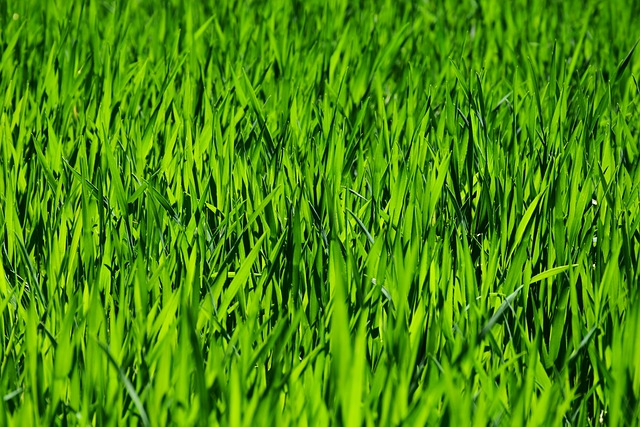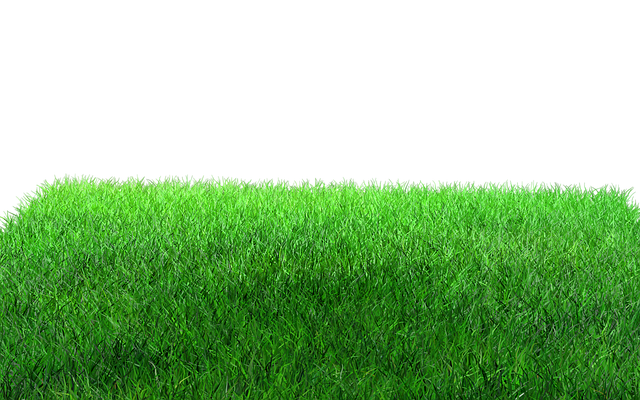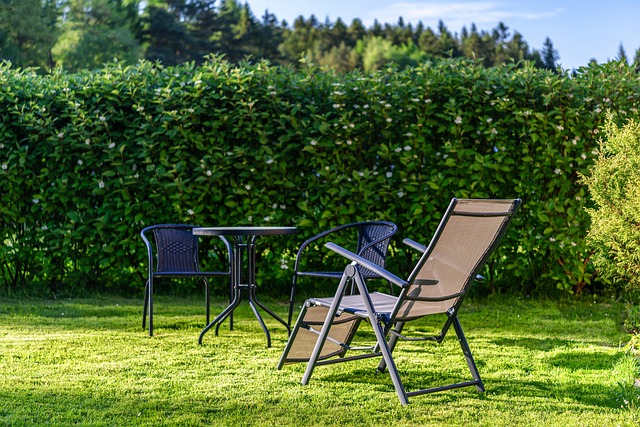Lawn care and landscaping require a detailed approach that integrates scientific knowledge of turfgrass with tailored maintenance practices. A successful lawn involves selecting the right grass variety for your region, optimizing mowing heights, watering during dry spells, and applying fertilizers that work with local soil and climate. Aeration and overseeding help maintain healthy soil, while regular pest and disease management protects your landscape. Enhancing soil quality through topdressing with organic matter supports the overall health of your turf. Advanced turfgrass species are engineered to thrive in various conditions, reducing the need for extensive water and fertilizer use without compromising on appearance. These sustainable varieties contribute to ecosystem balance and biodiversity, particularly within urban and suburban areas, and help address global resource challenges by promoting efficient resource use amidst climate changes. Expert advice suggests soil testing for precise fertilization and the adoption of Integrated Pest Management (IPM) for effective pest control, ensuring a healthy, resilient lawn with minimal environmental impact. By combining these strategies, homeowners can maintain lawns that are both lush and sustainable, reflecting the commitment to responsible lawn care and landscaping practices.
Embark on a journey through the intricate world of lawn care and landscaping, where mastery over turf management transforms ordinary yards into verdant havens. This article delves into the nuances of maintaining a lush, resilient turf, highlighting the significance of adopting advanced turfgrass species for sustainable landscaping practices. Uncover tailored fertilization and pest control strategies that not only bolster your lawn’s health but also elevate its aesthetic allure. Discover how expert turf management can elevate your outdoor spaces to new heights of beauty and functionality.
- Mastering the Art of Lawn Care: Essential Practices for a Vibrant Turf
- The Role of Advanced Turfgrass Species in Sustainable Landscaping
- Tailored Fertilization and Pest Control Strategies to Enhance Your Lawn's Health and Aesthetic Appeal
Mastering the Art of Lawn Care: Essential Practices for a Vibrant Turf

Engaging in lawn care and landscaping is an art that demands attention to detail, a deep understanding of turfgrass species, and a commitment to implementing essential practices. A vibrant turf begins with a comprehensive approach to lawn maintenance, which includes regular mowing at the correct height for the grass type, consistent watering during dry spells, and fertilization tailored to local soil conditions and climate. The choice of grass variety is crucial for achieving a lush, resilient lawn; understanding the best types for your region’s environment can significantly influence the health and appearance of your turf. Aeration and overseeding are practices that should not be overlooked, as they help to alleviate soil compaction, enhance root growth, and ensure a thick, weed-resistant cover of grass. Pest and disease management require vigilance; identifying and addressing potential issues early on can prevent widespread damage to your lawn. Lastly, incorporating organic matter through topdressing can improve soil quality and provide a slow-release source of nutrients that support healthy turf growth throughout the year. By integrating these practices into your lawn care regimen, you’ll be well on your way to creating a verdant, inviting landscape that withstands the challenges of various environmental conditions.
The Role of Advanced Turfgrass Species in Sustainable Landscaping

Integrating advanced turfgrass species into lawn care and landscaping practices is a cornerstone of sustainable landscaping. These specialized grass varieties are bred for their resilience to environmental stressors such as drought, shade, and extreme temperatures, making them more suitable for various climates and conditions. They often require less water and fertilizer while maintaining aesthetically pleasing appearances, which is crucial for conservation efforts and reducing the environmental footprint of maintained landscapes. The selection of these grasses by lawn care and landscaping professionals ensures that the greenery thrives with minimal ecological disruption, promoting biodiversity and a balanced ecosystem within urban and suburban settings. Furthermore, the low-maintenance nature of these advanced turfgrass species allows for more efficient use of resources, which is increasingly important as global climate patterns shift and resource availability becomes a growing concern. By prioritizing the incorporation of these grass varieties into landscape designs, the lawn care and landscaping industry can significantly contribute to sustainable development goals and environmental stewardship.
Tailored Fertilization and Pest Control Strategies to Enhance Your Lawn's Health and Aesthetic Appeal

Engaging in tailored fertilization and pest control strategies is paramount for maintaining a vibrant, healthy lawn that exudes aesthetic appeal. Lawn Care experts advocate for soil testing to determine the precise nutrient needs of your turf, allowing for customized fertilization plans that cater to the specific deficiencies or excesses present in your soil. By employing these personalized approaches, your lawn receives exactly what it requires to thrive, fostering a robust root system and lush foliage that can withstand environmental stressors and pests.
In conjunction with fertilization, effective pest control is an integral component of comprehensive Lawn Care and Landscaping practices. Identifying and managing pests early on can prevent the spread of damage, disease, and maintain the overall health of your lawn. Integrated Pest Management (IPM) strategies are recommended, combining biological, cultural, and chemical methods to control pest populations in a way that minimizes environmental impact and the use of pesticides. This holistic approach not only protects your lawn but also contributes to the safety of your family, pets, and local wildlife. By marrying these tailored fertilization and pest control strategies, your lawn care efforts are elevated, leading to a landscape that is both resilient and visually stunning.
Lawn care and landscaping professionals have long recognized the nuances of maintaining a lush, resilient turf. This article has delved into the mastery of these practices, highlighting the importance of employing advanced turfgrass species in sustainable landscaping initiatives. By adopting tailored fertilization and pest control strategies, homeowners and groundskeepers alike can elevate their lawn’s health and aesthetic appeal. Mastery over these elements not only contributes to the visual allure of a property but also supports environmental stewardship. In conclusion, a well-maintained turf is a testament to the skillful application of modern lawn care techniques, ensuring that any green space can be both a sanctuary and a statement of horticultural expertise.
